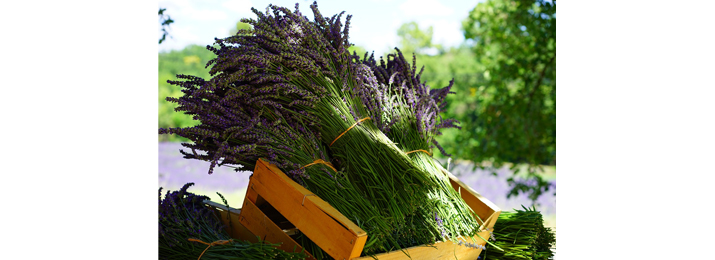At Green Team Interiors, we are always on the look out to discover new and unusual benefits of plants. You may have seen some our recent blogs, focusing on some of our favourite medicinal and herbal plants. In part 4, we look closer at them and their benefits.
Do you know these Herbal Plants and their uses?
Hibiscus
Hibiscus is a genus of flowering plants in the Malvaceae family. There are several hundred species that are native to warm-temperate climate regions across the world. One of the flowers’ main uses is in teas that can be served both hot and cold. The colour, tanginess and flavour make the beverage popular in West Africa, Mexico, Honduras, Jamaica and many other Caribbean islands. Dried hibiscus is a popular delicacy in Mexico, where it can be candied and used as a garnish in desserts.
Hibiscus rosa-sinensis, known as Chinese or Hawaiian hibiscus, is considered to have a number of medical uses in Chinese herbology.

Lavender
Originating from a genus of 39 known species in the mint family, Lamiaceae, lavender is native to the Old World and commonly found in areas such as Cape Verde and the Canary Islands, across Europe, the Mediterranean, northern to eastern Africa, southwest Asia and the southeast of India. As well as being cultivated as an ornamental plant, it is also used as a culinary herb and essential oil.
The flowers yield abundant nectar, from which bees can make a high quality honey which is marketed worldwide as a premium product. As well as producing nectar, the flowers can be candied and are sometimes used as colourful cake decorations. The floral and slightly sweet taste that can be extracted from lavender buds means that is ideal to use blended with black, green or herbal teas, and also combines well with foods such as chocolate or goats’ cheese.
Flower spikes are used for dried flower arrangements, potpourris and as a herbal filler inside sachets. These are used to freshen linens and to discourage moths. The dried flowers have also recently become popular for use in wedding confetti thanks to their bright, bold appearance.
Essential oils from lavender were used in hospitals during World War I, but it is now more common for the honey to be used instead because of the beneficial effect it has on uninfected wounds. Another use you may not know is that studies have shown that lavender oil can influence anxiety and sleep quality. A report published in 2010 discovered that the oil, with a high percentage of linalool and linalyl acetate, can alleviate sleep disturbances.

Lemon verbena
Popularly used in culinary dishes to flavour fish, poultry, salad dressings, puddings and beverages, lemon verbena is a perennial shrub which is widely listed as a must have for your herb garden! It is used as flavouring in herbal teas, or even as a replacement of actual lemon (as is common with Moroccan tea). It’s distinctive, fresh flavour also makes it ideal for uses in sorbets.
Teas made from the essential oil from lemon verbena are believed to have a relaxing and calming effect in aiding abdominal discomfort. It is also thought to be beneficial in the treatment of cold and flu symptoms, sinus infections and coughs.
One of the more unusual uses is adding verbena leaves to almond oil to create the perfect massage oil. However, it can also be added as an essence to colognes, toilet water, perfumes and soaps.

Milk thistle
Milk thistle is a commonly sought-after plant that is not only known for its medicinal properties of soothing the liver, but also for its tasty flavour. Until recently, it was cultivated in European vegetable gardens.
Most parts of the plant are edible, including the roots, young shoots, spiny bracts and leaves. The majority can either be eaten raw, boiled or sautéed, and added to salads or stews.


